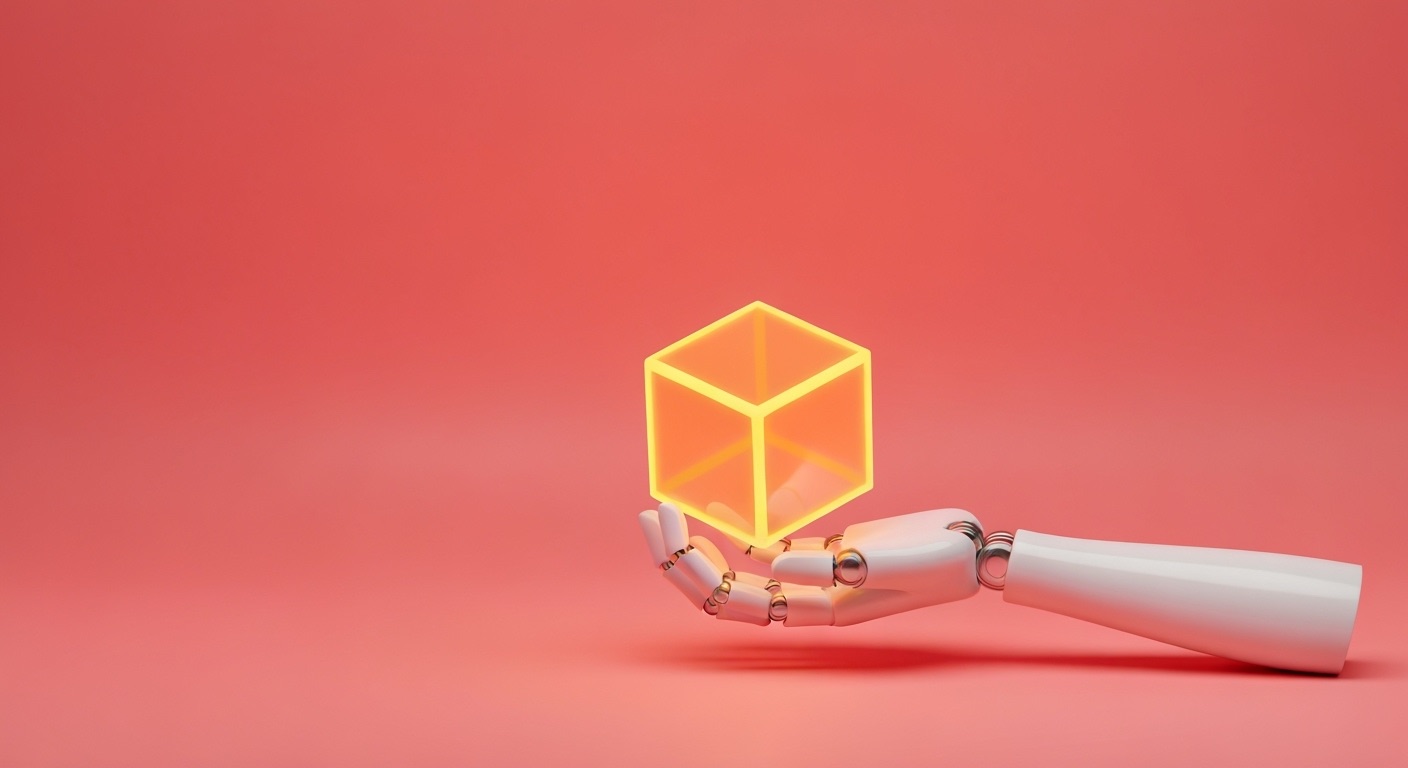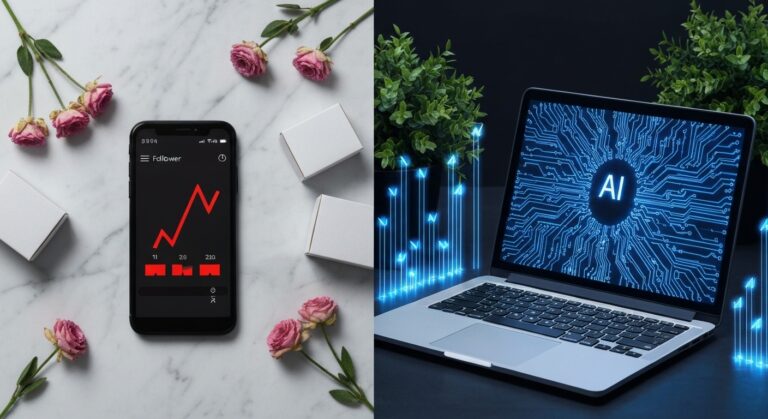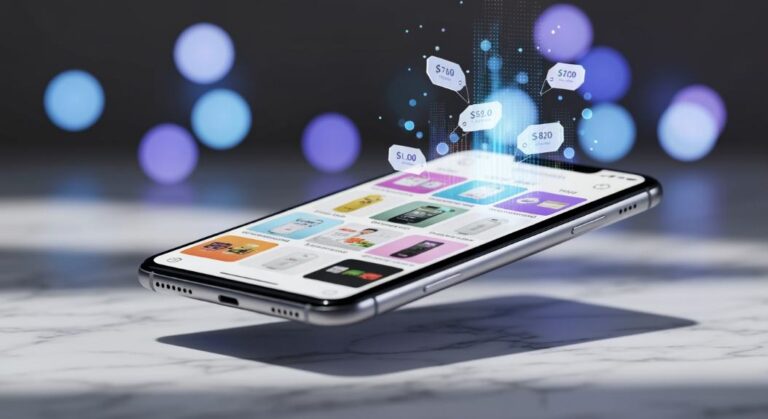While marketers once spent sleepless nights tweaking campaigns, agentic AI now handles the heavy lifting—autonomously planning, launching, and optimizing strategies like a tireless digital maestro.
These systems manage the entire campaign lifecycle, stitching together audience insights and historical data to craft high-performing content and reallocate budgets mid-flight. Imagine AI agents as orchestra conductors, syncing email, social, ads, and content into a seamless brand symphony. Multi-agent collaboration enables specialized AI modules to handle granular tasks like sentiment analysis and bid optimization while sharing insights across the ecosystem.
They adapt in real-time—shifting ad spend overnight, refining audience targeting by lunch, and A/B testing CTAs before dinner—all while humans sip coffee, freed from spreadsheet purgatory.
The magic lies in dynamic personalization. Agentic AI ditches rigid audience buckets, treating customers as individuals with ever-shifting preferences.
It tracks real-time behavior—cart abandonment, repeat visits, rage-clicks—and responds with tailored nudges. Think of it as a mind-reading concierge: if a user lingers on hiking boots, the AI serves trail reviews, discount codes, and influencer UGC instantly.
These systems don’t just react—they predict, refining messaging through endless A/B/n tests. Best part? They scale this hyper-personalization across every channel, ensuring a unified vibe whether users scroll Instagram or binge promotional emails.
Under the hood, cognitive loops drive autonomy. Agentic AI perceives data, reasons with machine learning models, acts on decisions, and learns from outcomes—a self-improving cycle requiring zero human babysitting.
Unlike clunky rule-based tools, it thrives on chaos, pivoting around supply chain snags or viral trends without missing a beat. Need to reallocate 30% of Q4 budgets to TikTok? Done. Identify underperforming creatives by noon? Easy.
It’s like a caffeine-fueled analyst who never clocks out, crunching millions of data points to maximize ROI. By 2026, early adopters could see 152% ROI from AI-driven campaigns outperforming manual efforts—all while reducing customer acquisition costs by 30-40% through precision targeting.
Efficiency skyrockets. Campaigns launch faster, budgets stretch smarter, and teams ditch approval labyrinths.
Meanwhile, AI-generated content—on-brand copy, visuals, videos—flows endlessly, optimized in real time. Creative block? The AI drafts 10 taglines before the brainstorm starts. As the AI job market rapidly transforms, marketers must combine technical expertise with human creativity and strategic thinking to remain competitive in this evolving landscape.







